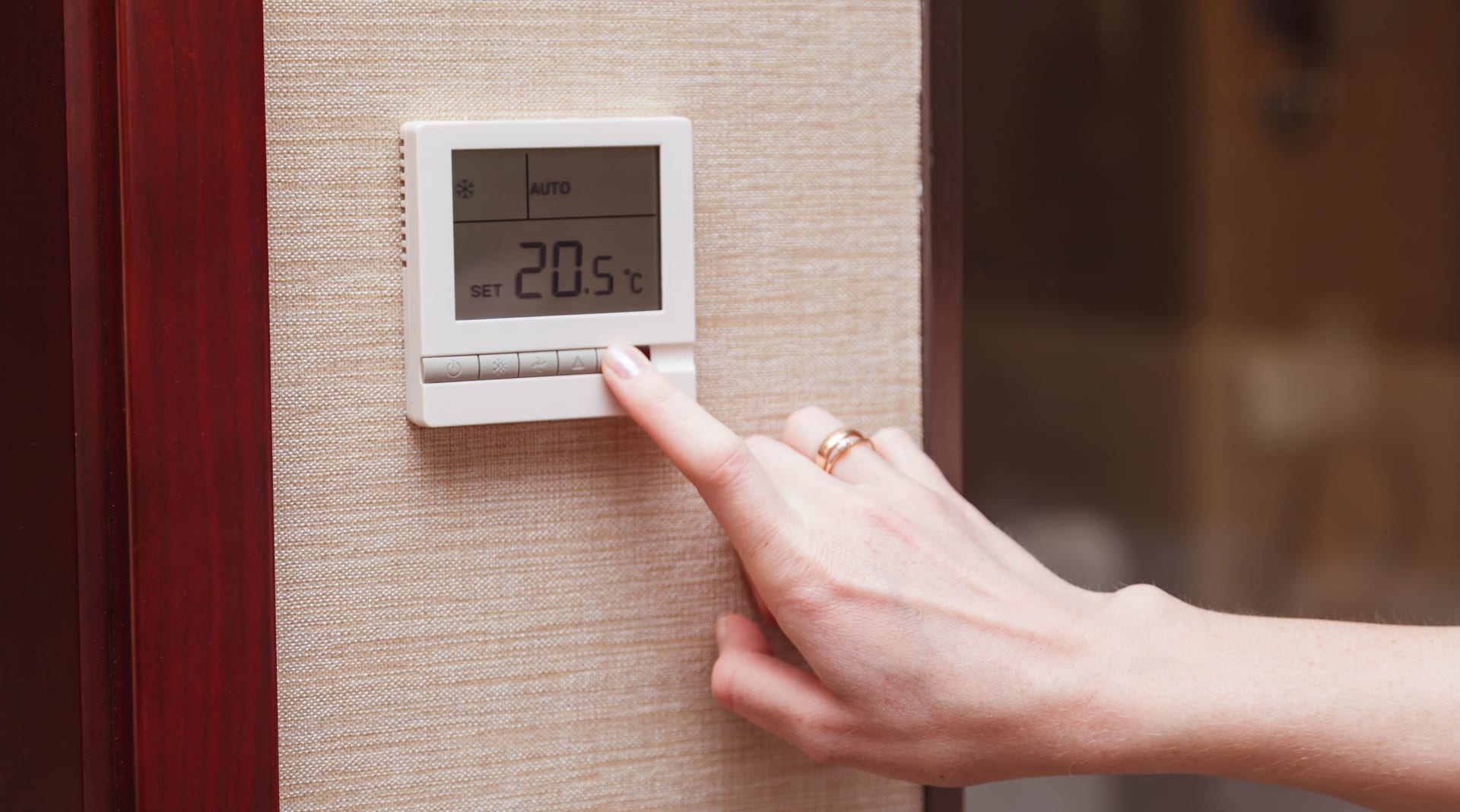What Are The Different Types of Heating Systems in UK Flats?
24 Feb 2022
Most homes in the UK offer a choice between two types of heating systems: underfloor heating and radiators. What are the key differences between the two and which one should you choose to make life easier?
Known for offering a wide variety of amenities, the Build To Rent model is redefining the concept of renting in the UK in more ways than one. Unlike apartments in the traditional private rental sector, BTR properties also have a better EPC rating, which can help tenants rent well insulated homes and control their energy costs. The type of heating systew used makes a significant difference here. Read on as we review the types of heating in UK flats and which is better.
- Types of Heating in UK Flats
- 7 Differences Between Radiators and Underfloor Heating Systems
- Wrapping It Up
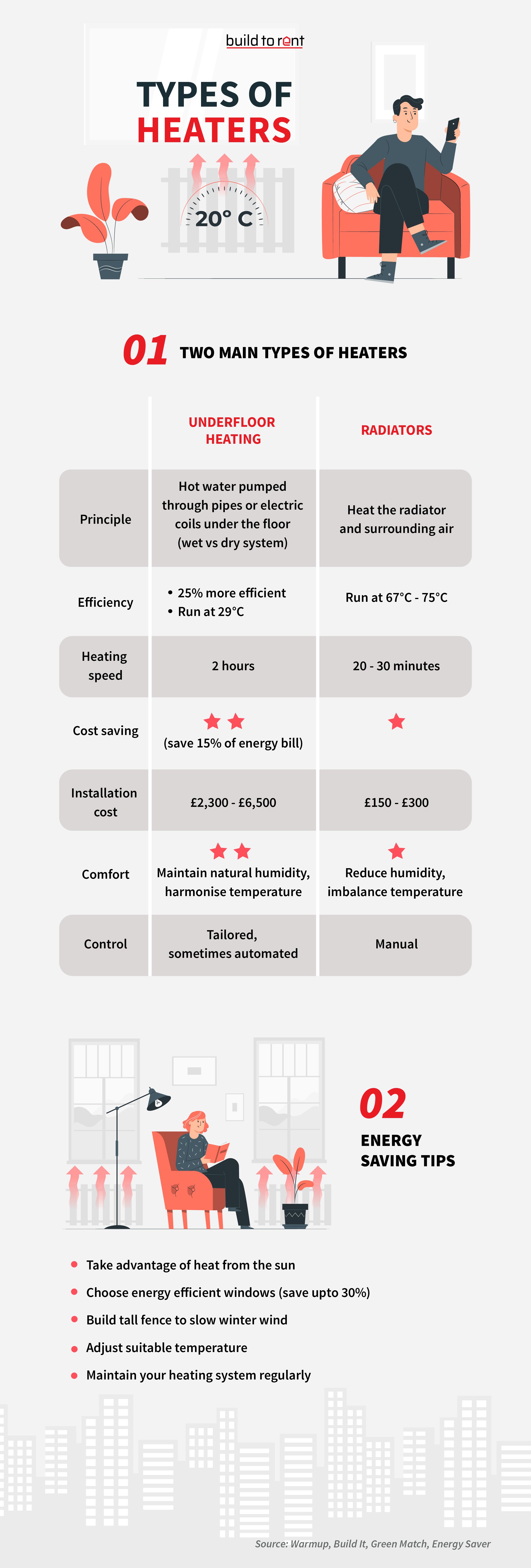
1. Types of Heating in UK Flats
Strictly speaking, there are two popular choices for heating available to renters:
Underfloor Heating Systems
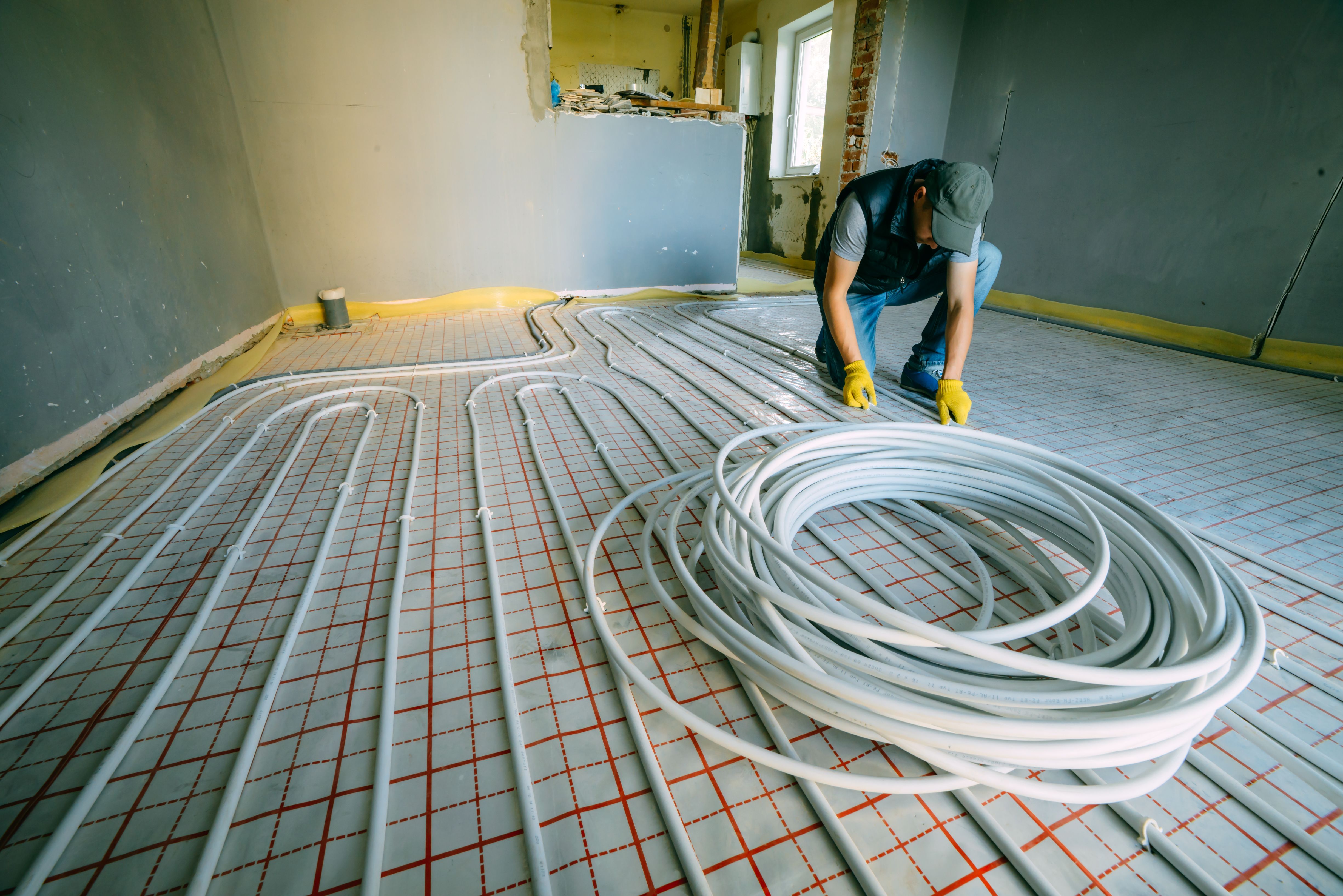
Underfloor heating systems radiate heat and distribute it through a circuit of pipes or electric wires meticulously running underneath a finished floor. This heat output is usually controlled by smart thermostats that can maintain a consistent temperature throughout the property and defined heating zones. Since all the pipe work or wiring is virtually invisible, it offers an aesthetically pleasing experience for renters.
Underfloor heating can be powered up by various sources such as, biomass, condensing boilers, heat pumps and even stoves. It essentially converts an apartment’s floor into a radiator. There are two types of underfloor heating systems available. These include:
- Wet Underfloor Heating: This type of heating system comprises of pipes that are filled by warm water. It is powered using a heat pump or boiled that is concealed within the floor.
- Electric Underfloor Heating: This heating system makes use of electricity. It heats wiring installed beneath the floor to produce heat. It may also utilize heating mats that have been connected to the main electricity supply.
Electric underfloor heating is easier and cheaper to install, but the long-term costs of using this heating system can run high. This is primarily because the running cost can vary as per current tariff prices1.
Radiators
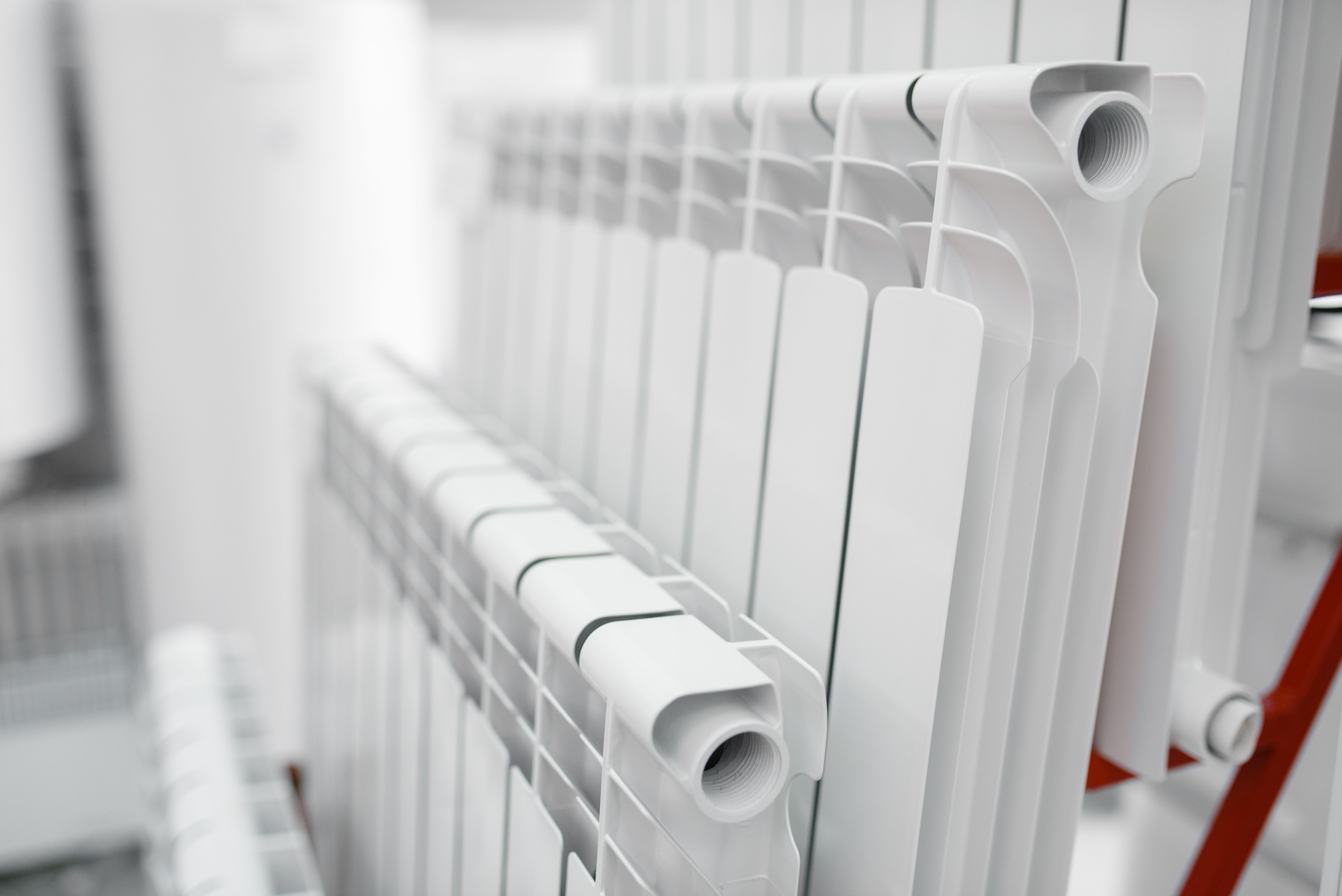
Radiators are one of the oldest devices used to heat a home. They heat up the surrounding air by a well-known process of heat transfer called convection. When the water inside the radiator is heated, the surrounding air also gets heated up through convection and this hot air is then circulated around the room.
The heated air rises towards the ceiling and once the warm air has cooled down, it falls back to the surface level to be heated by convection currents and the cycle starts anew. This creates a reliable and consistent flow of hot air throughout the house. However, it also leads to inefficiencies, kicks up dust mites and creates hot and cold spots. Moreover, in contrast to underfloor heating systems, radiators take up more space and may be aesthetically incompatible with the interior décor.
You can choose between radiators powered by gas or electricity. Radiators that use gas for central heating rely on your boiler for heating water. They are comparatively cheaper to use than electric radiators. For instance, the average unit cost of electricity in the UK is 14.4p per kWh. In comparison, the unit cost of gas is between 2.78p per kWh and 2.89p per kWh2. However, you may have to deal with other costs such as your boiler breaking down.
2. 7 Differences Between Radiators and Underfloor Heating Systems
When it comes to choosing between flats with underfloor heating and radiators, the decision usually comes down to cost, efficiency, and comfort. Let’s explore the key differences between these two types of heating in UK flats.
Comfort and Efficiency

Underfloor heating systems utilise radiant heating to warm up objects directly, without creating major convection currents. This maintains a consistent level of humidity throughout the room.
By contrast, the uneven warmth of convection currents generated by radiators tends to reduce humidity. To compensate, some people may open a window to increase the level of humidity, which defeats the purpose of having a radiator in the first place. In worse case scenarios, the use of radiators can also lead to reduced oxygen levels, and ultimately, breathing problems if the air gets to be too warm.
Because the heat from a radiator comes from a single source, the efficiency of the radiator is also inversely proportional to the distance from it. This leads to uneven distribution and some areas in the room will take longer to heat up while other areas may get a little too overheated. Underfloor systems, by contrast, lead to more even heating throughout the room. Underfloor heating generates heat where it is needed and can minimize the risk of overheating objects. Furthermore, they can be configured to heat as close to desired temperatures as possible. All in all, it feels more luxurious to have underfloor heating. Imagine stepping out of the shower onto a warm floor, or walking in the morning with a warm floor that ensures that’s neither cold nor roasting hot.
Bear in mind, however, that the efficiency of an underfloor system only applies within the confines of the floor. Outside of that space, the system will start to lose their efficiency as well.
Quality of Air

Heat transfer through radiators causes movement in the air, which in turn kicks up dust and airborne particles that can contribute to coughs and sneezes. Underfloor heating systems avoid this because they’re directly heating objects – and not the air itself (at least not to the same degree). This improves air quality since there is no swirling warm air that can pick up dust mites and bugs.
The quality of air may not seem like such a big deal at first when choosing the types of heating in UK flats. However, you must take into account the fact that at least 10,000 people die every year due to household dust3. If you’ve struggled with allergies in the past, then consider a rental property in the UK with underfloor heating.
Cost Savings

As mentioned earlier, radiators are not as efficient as underfloor heating systems. As a result, they waste more energy and can rack up your energy bills. In fact, you can save around 15% of your energy bills with an underfloor heating system. Wasting energy is expensive and overheating by as little as 1% can increase fuel costs by 8%, which will reflect on your heating bills4.
This, coupled with the fact that underfloor heating systems deliver more stable heating, makes apartments with an underfloor heating preferable for renters.
You can also control heating costs by renting an apartment with a higher EPC rating. There are other costs associated with renting as well.
Out of Sight, Out of Mind
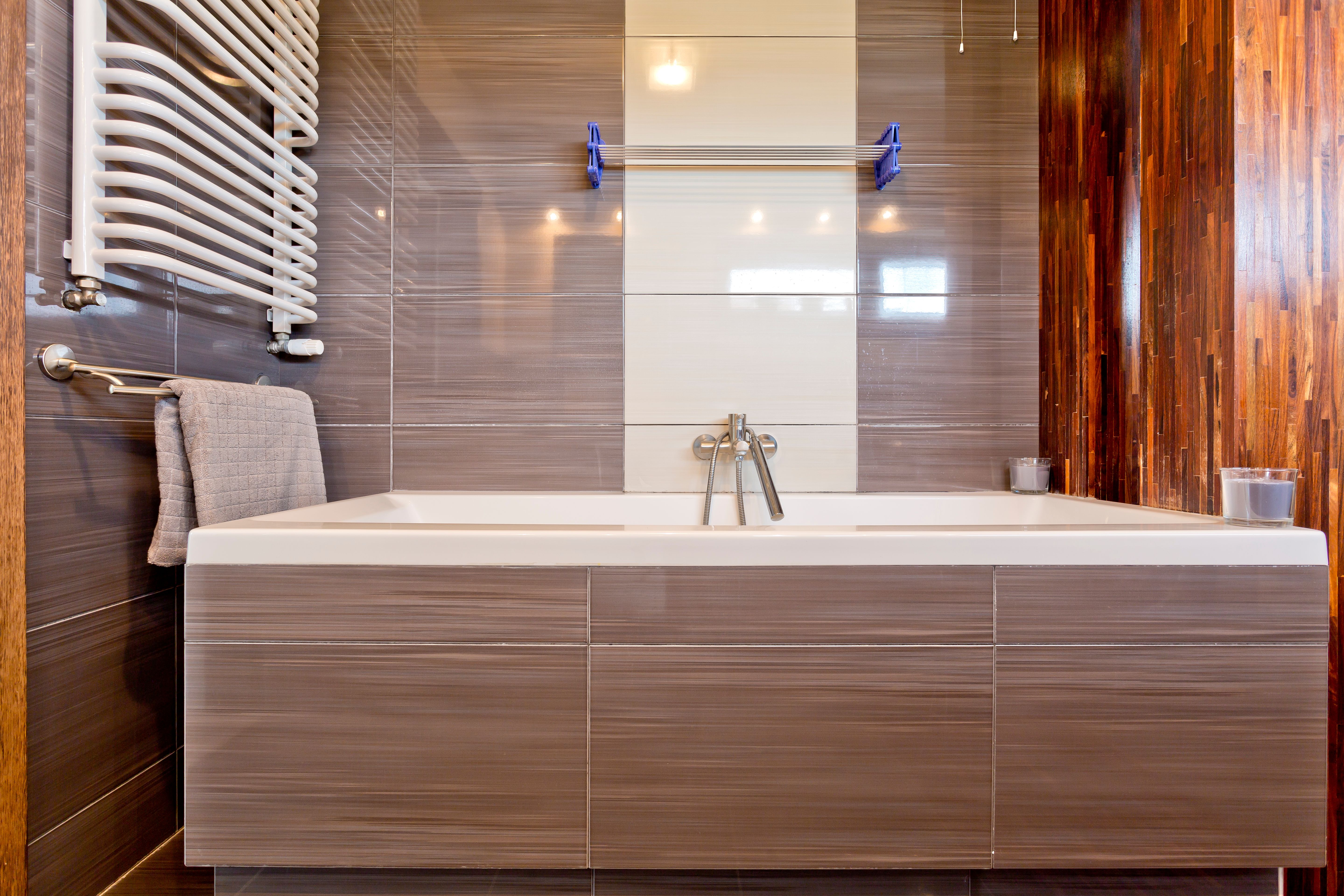
An underfloor heating system complete with a boiler can stay out of sight and out of mind, giving you the luxury of using your living space as you want. Over the years, boilers have also considerably improved in terms of the amount of space they take up. The modern combi boiler, for example, is much smaller than the hulking giants from the early 1900s.
These boilers can be hidden away in a cupboard and the piping can be laid under the floor, and so nothing of the heating system is visible.
The same can also be said about the radiator, which used to be large and bulky, but today has been adapted into smaller, more attractive alternatives (towel rails immediately come to mind). Modern radiators are becoming more attractive and come with unusual shapes and finishes, plus they heat up very quickly too. However, they will still take up some physical space in your apartment and you will have fewer choices for furniture arrangement since it’s never a good idea to put objects directly in front of radiators5.
If that is a problem you would rather not deal with, then you may want to go with a rental apartment with an underfloor heating system.
Zoned Heating System
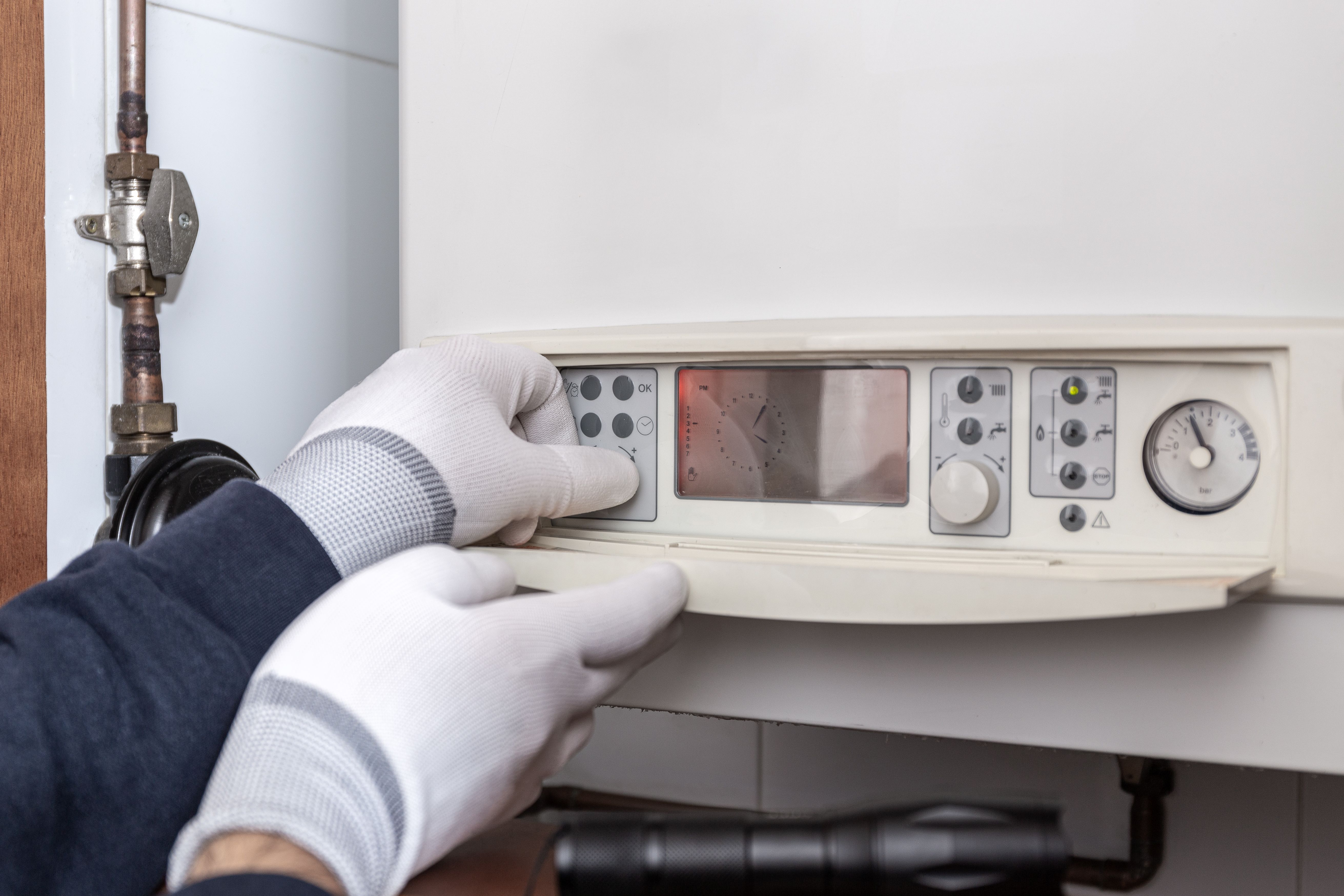
Zoning allows renters to control the temperature of each room or zone individually, this maximizes comfort and minimizes energy costs. This feature is available for radiators and underfloor heating. However, it is much more efficient for underfloor heating systems.
For instance, suppose you need your bedroom to be cool at night to sleep better, but you want your bedroom floor to be slightly warm for when you get up in the morning. Intelligent thermostats in underfloor heating systems allow you to control exactly when to ramp up the heating and when to tone it down a little – without ever heating up the entire house. You can also heat up the bathroom for when you get out of the shower and avoid feeling cold.
This also has a bearing on your energy bills. Thanks to more zoned heating, underfloor heating systems give you the ability to heat specific parts of your house that you want to occupy. If there’s a guest bedroom, there’s no need to heat this space until someone comes over to stay.
Speed of Heating
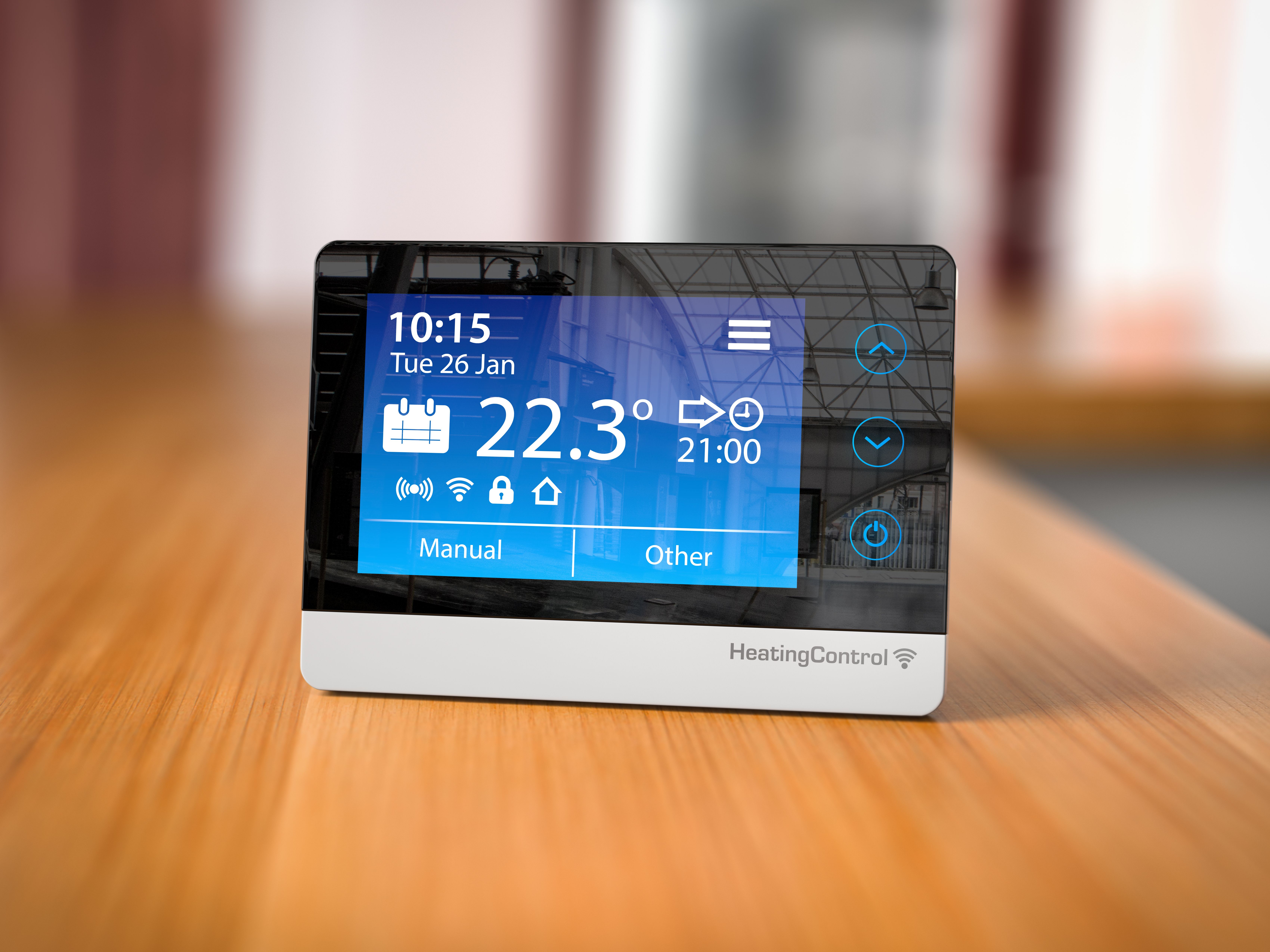
We’re spoilt for choice when it comes to near ‘instant’ heating thanks to the sheer power of radiators. So, where speed of heating is concerned, radiators hold a clear advantage. By contrast, underfloor systems are not as fast. It takes them longer to heat up to a point where things get comfortable. To put things in perspective, a radiator can easily heat a room in as little as 20 to 30 minutes, while an underfloor heating system can take up at least 2 hours to heat a room.
Initial Installation Costs

An underfloor heating system is typically more expensive to install than a radiator. For instance, a wet underfloor heating system can cost over £2,000. Electric systems that use heat mats are less expensive and can cost around £20 to £50 per square meter. Landlords that opt for DIY underfloor heating can expect to pay around £1000 for an electric system6. Either way, the groundwork involved for this type of heating system can be significant.
Radiators are far more simplistic in comparison. Landlordscan simply buy one and install it with relative ease. In the UK, the average price for installing a radiator can be £150 in the North and between £200 to £300 in South East and London. This price can increase depending on the number of radiators installed and other components added7.
3. Wrapping It Up

When it comes to types of heating in UK flats, both underfloor heating systems and radiators have their pros and cons. However, underfloor heating technology seems to be the leading choice for many renters in the UK. It promises comfort, efficiency and improved visual aesthetics. Radiators on the other hand take up extra space in a room while providing a much lower level of efficiency. They can also interfere with the aesthetic appeal of an apartment.
Build To Rent Developments offer apartments with underfloor heating, as well as radiators. You can ask your prospective landlord about the type of heating system utilized and how this affects your energy bills.
If you are interested in exploring apartment listings with your desired type of heating system, visit www.buildtorent.io. We can help you find exactly what you are looking for!
- Warm Up, Electric vs Water Underfloor Heating↩
- UK Power, Compare energy prices per kWh↩
- Forbes, Intel’s Sameer Sharma Makes A Brilliant Case For The Smart City↩
- Scientific American, Is Under-Floor Radiant Heating More Efficient Than Conventional Systems?↩
- Boiler Guide, Do Radiator Covers Reduce Efficiency?↩
- Household Quotes, How Much For Underfloor Heating?↩
- Household Quotes, Household Quotes↩
